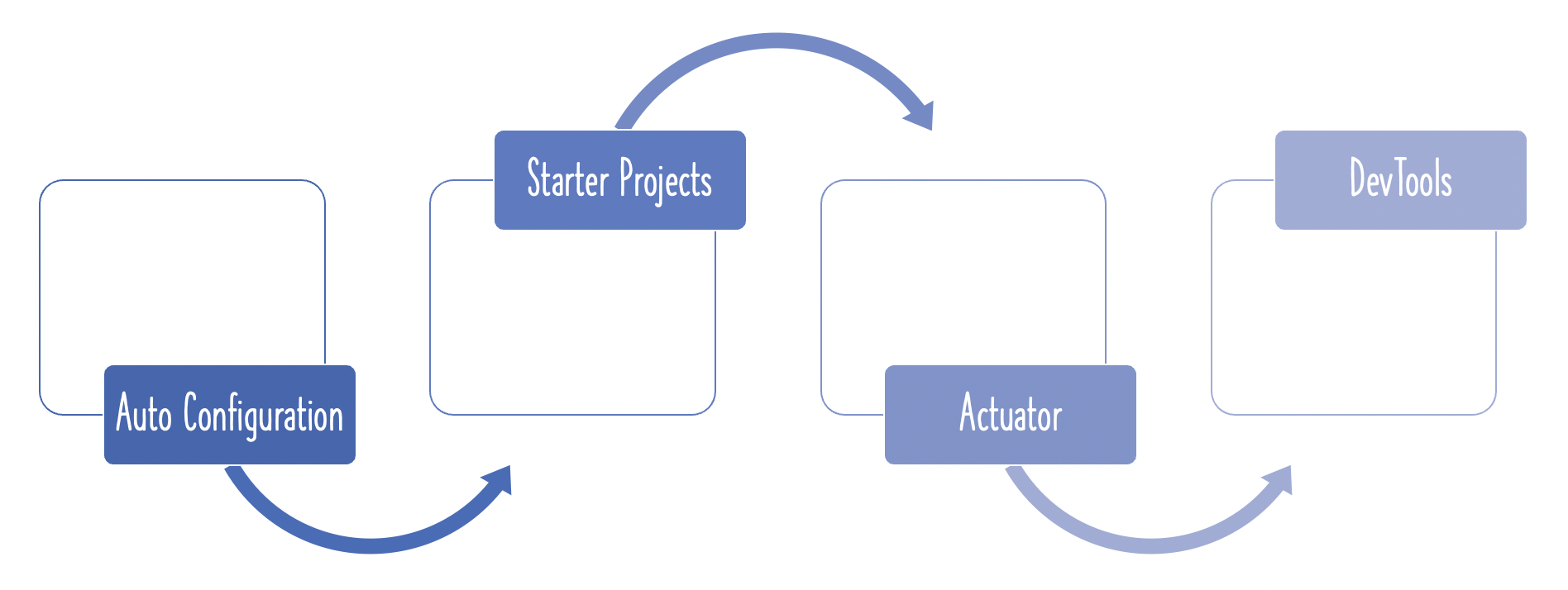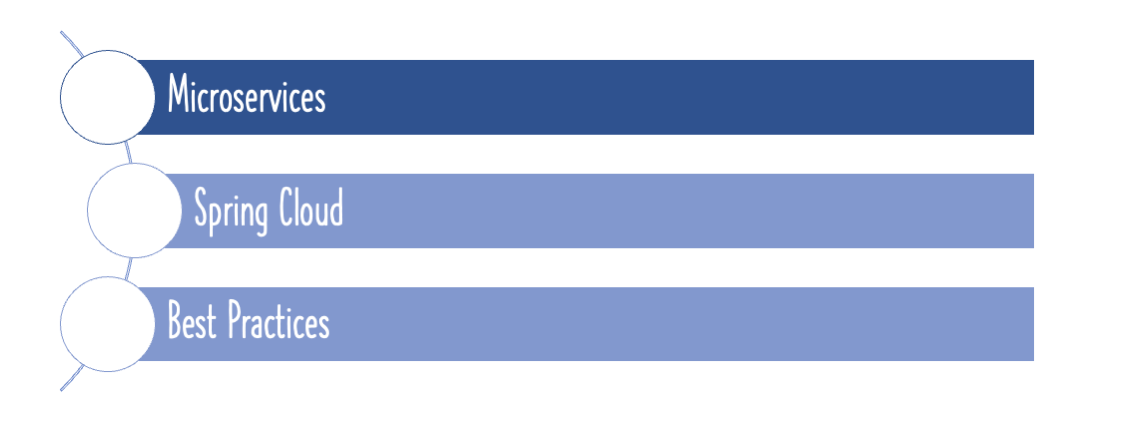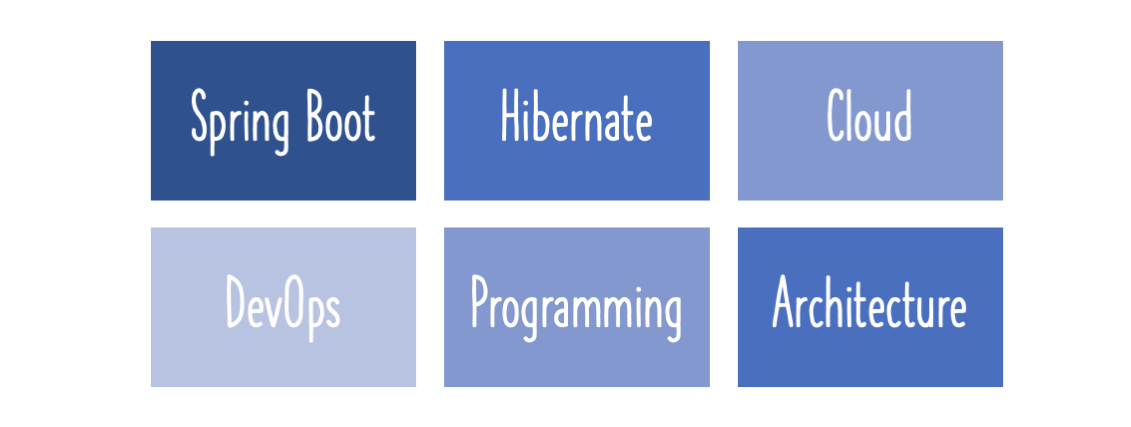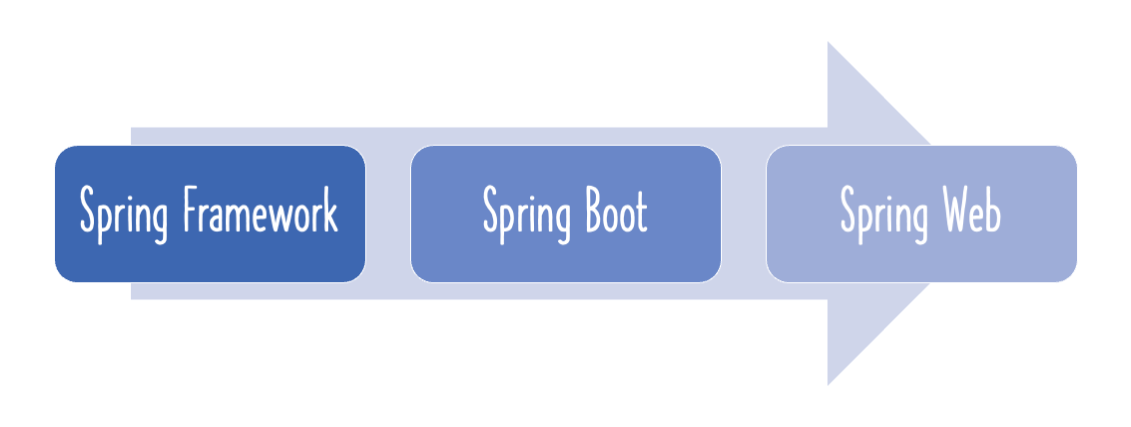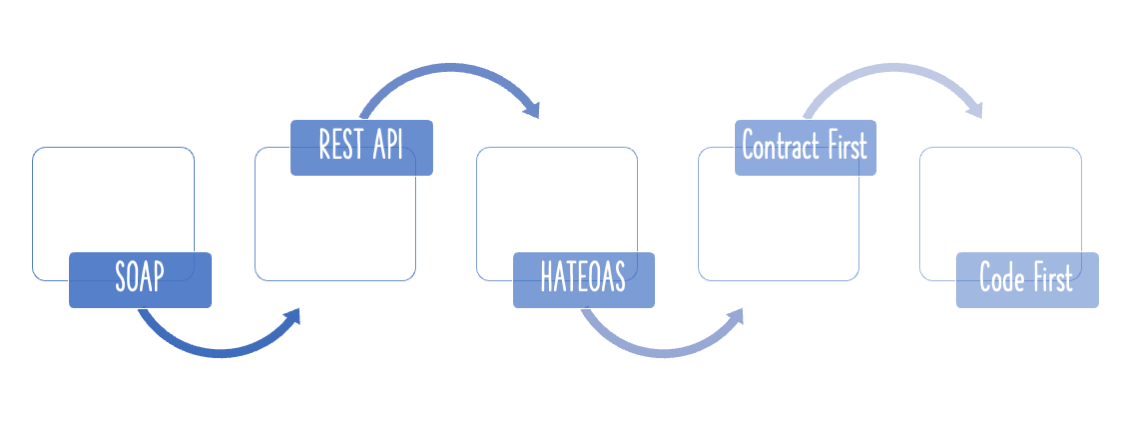This guide will introduce you to the various application configuration options that are present in Spring Boot. You will also learn how to create custom configuration for an application.

You will learn
- What is application configuration?
- Why do we need application configuration?
- What is application.properties?
- What are some of the important things that can customized in application.properties?
- How do you externalize configuration using Spring Boot?
- How can you add custom application properties using Spring Boot?
- What is @ConfigurationProperties?
- What are the advantages of using @ConfigurationProperties?
Need for Application Configuration
Configuration for applications vary from one environment to another
- You would want to connect to a different database or queues
- You would want to connect with different services
- You would want to configure less logging in production
- You might want to have different custom configuration
Application Configuration with Spring Boot application.properties
Spring Boot allows you to configure your application configuration using a file named application.properties
application.properties can reside anywhere in the classpath of the application.
In application.properties, we can use the “logging.level” prefix to set logging levels.
logging.level.some.package.path=DEBUG
logging.level.some.other.package.path=ERROR
You can configure a log file by using logging.file property in application.properties. The logging here would be in addition to the logging in console.
logging.file=\path_to\logfile.log
You can also configure the port to run the server on using server.port
server.port = 9080
For complete list of options refer spring documentation - https://docs.spring.io/spring-boot/docs/current/reference/html/common-application-properties.html
In this guide, we will create three services using proper URIs and HTTP methods:
Project Code Structure
Following screenshot shows the structure of the project we will create.

A few details:
- SpringBootTutorialBasicsConfigurationApplication.java - The Spring Boot Application class generated with Spring Initializer. This class acts as the launching point for application.
pom.xml- Contains all the dependencies needed to build this project.BasicConfiguration.java- We will use this component to define application configuration using @ConfigurationPropertiesWelcomeResource.java- Example of a resource using @Valueapplication.properties- Configuration for application
Tools you will need
- Maven 3.0+ is your build tool
- Your favorite IDE. We use Eclipse.
- JDK 1.8+
Complete Maven Project With Code Examples
Our Github repository has all the code examples - https://github.com/in28minutes/spring-boot-examples/tree/master/spring-boot-tutorial-basics-configuration
Bootstrapping with Spring Initializr
Spring Initializr http://start.spring.io/ is great tool to bootstrap your Spring Boot projects.
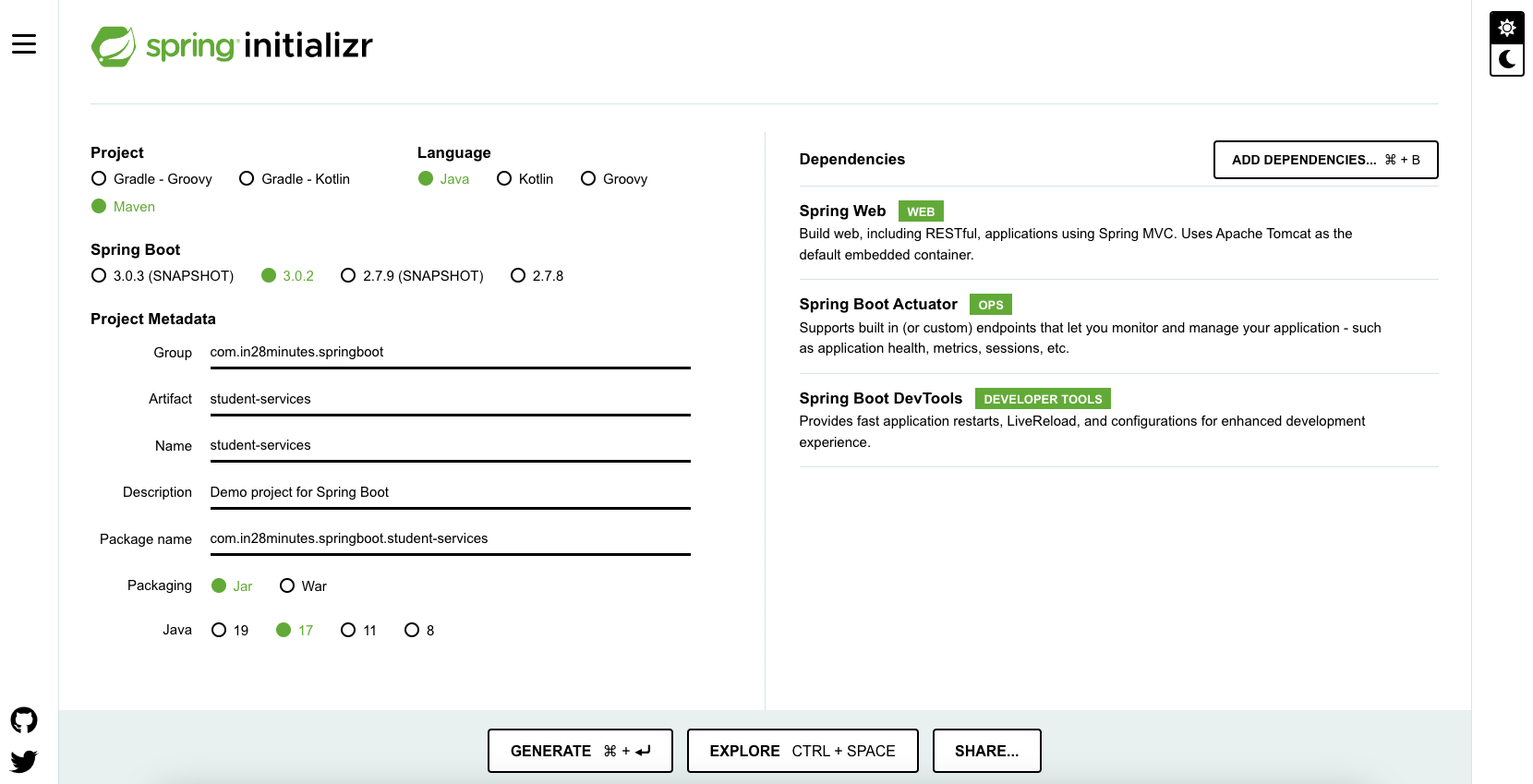
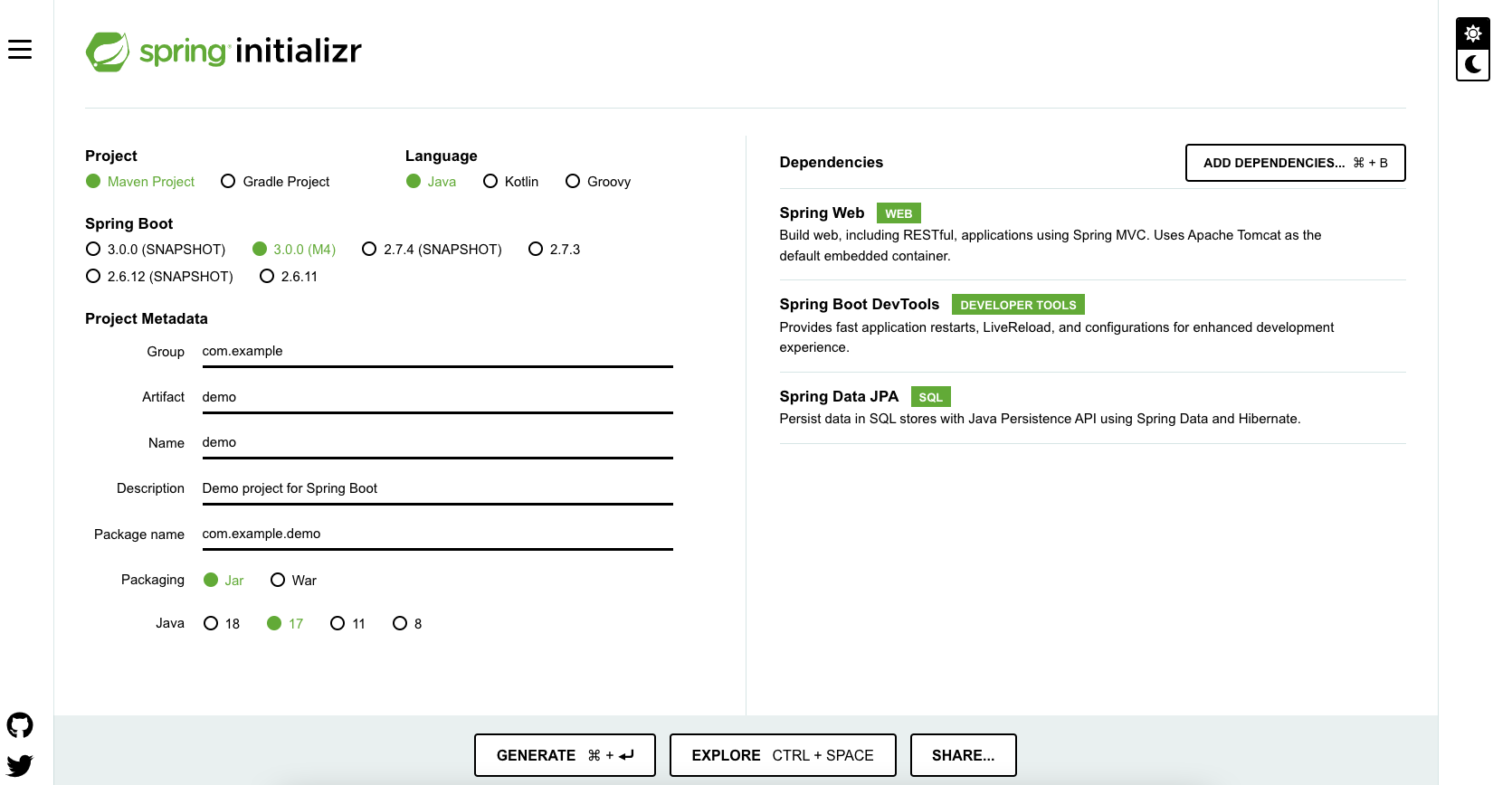
As shown in the image above, following steps have to be done
- Launch Spring Initializr and choose the following
- Choose
com.in28minutes.springboot.tutorial.basics.application.configurationas Group - Choose
spring-boot-tutorial-basics-configurationas Artifact - Choose following dependencies
- Web
- DevTools
- Choose
- Click Generate Project.
- Import the project into Eclipse. File -> Import -> Existing Maven Project.
Application Configuration using @Value
Let’s create a very simple example.
@RestController
public class WelcomeResource {
@Value("${welcome.message}")
private String welcomeMessage;
@GetMapping("/welcome")
public String retrieveWelcomeMessage() {
// Complex Method
return welcomeMessage;
}
}
Notes
@Value("${welcome.message}") private String welcomeMessage;- Pick up the value for welcome.message from application configuration and assign it to this member variable.@GetMapping("/welcome") public String retrieveWelcomeMessage()- Expose a simple service using the configuration
Let’s configure a value for welcome message in the application.properties.
welcome.message=Welcome message from property file! Welcome to in28Minutes
When you launch http://localhost:8080/welcome, you would see a page with this message
Welcome message from property file! Welcome to in28Minutes
We can make the application.properties more creative by using other properties as variables too.
app.name=in28Minutes
welcome.message=Welcome message from property file! Welcome to ${app.name}
Spring Boot provides different ways of configuring your property values.
- You can send in a program argument
- –welcome.message=”SomethingElse”
- You can use a different file as property file
- –spring.config.location=classpath:/default.properties
- You can configure an environment variable
@Value is the basic approach for application configuration using Spring.
Application Configuration using Type-safe Configuration Properties
The problem with @Value is that you would have your configuration values distributed through out your application. A better option would be to have a centralized approach.
You can define a configuration component using @ConfigurationProperties.
@Component
@ConfigurationProperties("basic")
public class BasicConfiguration {
private boolean value;
private String message;
private int number;
public boolean isValue() {
return value;
}
public void setValue(boolean value) {
this.value = value;
}
public String getMessage() {
return message;
}
public void setMessage(String message) {
this.message = message;
}
public int getNumber() {
return number;
}
public void setNumber(int number) {
this.number = number;
}
}
Notes:
@Component @ConfigurationProperties("basic")- Defines that this java bean contains configuration properties. All property names will start withbasic..private boolean value- A boolean value. Can be configured as basic.value.private String message- A String value. Can be configured as basic.message.
We would need to use the BasicConfiguration in a service to expose the values
@Autowired
private BasicConfiguration configuration;
@RequestMapping("/dynamic-configuration")
public Map dynamicConfiguration() {
// Not the best practice to use a map to store differnt types!
Map map = new HashMap();
map.put("message", configuration.getMessage());
map.put("number", configuration.getNumber());
map.put("key", configuration.isValue());
return map;
}
Notes
@Autowired private BasicConfiguration configuration- Its very easy to use BasicConfiguration. Autowire it in when ever you need the value for a property from it.@RequestMapping("/dynamic-configuration") public Map dynamicConfiguration() {- Define a simple service to expose the configured values.
The values can be configured in application.properties
basic.value: true
basic.message: Dynamic Message
basic.number: 100
When you browse to http://localhost:8080/dynamic-configuration, you see the following response.
{"number":100,"message":"Dynamic Message","key":true}
Understand Type Safety
@ConfigurationProperties is type safe. If you configure any property with a value of an invalid type, the application fails at startup.
Below snippet shows the log when basic.number is assigned a non numberic value.
***************************
APPLICATION FAILED TO START
***************************
Description:
Binding to target com.in28minutes.springboot.configuration.BasicConfiguration@391b8545 failed:
Property: basic.number
Value: ABC
Reason: Failed to convert property value of type [java.lang.String] to required type [int] for property 'number'; nested exception is org.springframework.core.convert.ConverterNotFoundException: No converter found capable of converting from type [java.lang.String] to type [int]
Action:
Update your application's configuration
Complete Code Example
Github repository has all the code examples - https://github.com/in28minutes/spring-boot-examples/tree/master/spring-boot-tutorial-basics-configuration
